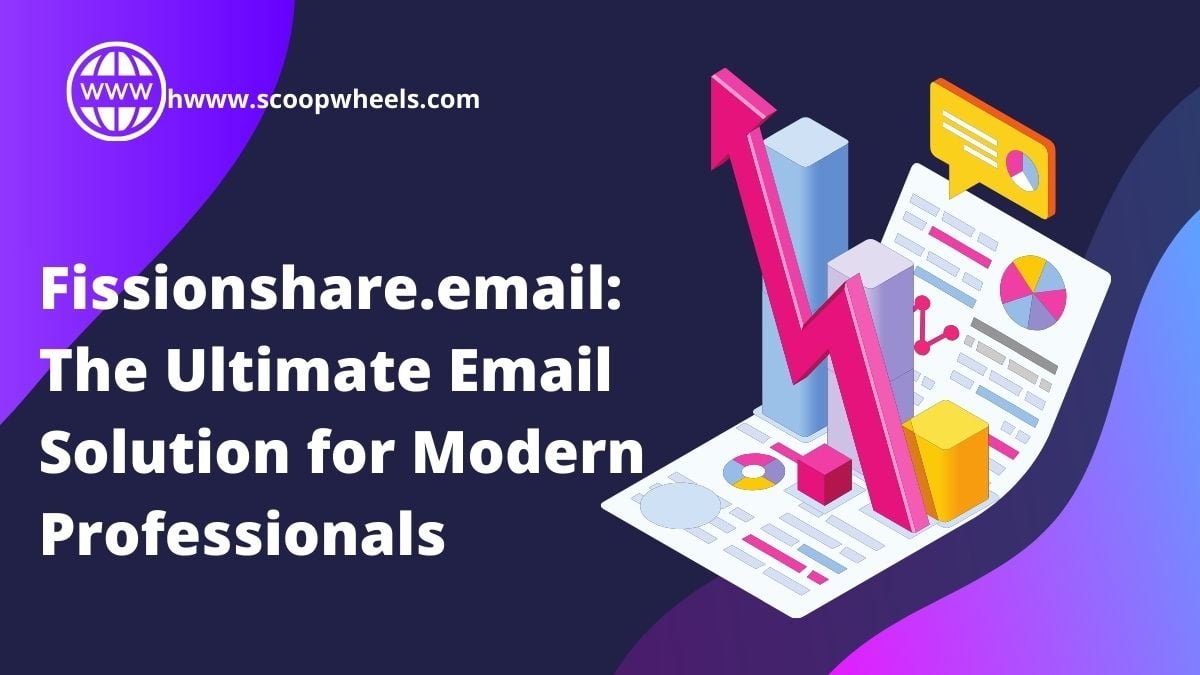As organizations grow, their content operations inevitably grow at a rapid pace to accommodate new offerings, services, verticals and audiences. Unfortunately, this incremental content growth complicates how an organization creates, approves, distributes and manages its content efforts. With no type of governance model, this is easier said than done by overwhelming efforts that create mixed messaging, compliance issues, miscommunication redundancies and subsequently, extended time-to-market. For any organization seeking to establish growth in a stable and sustained manner, the answer is not just a control for means to an end but an all-inclusive content governance framework that ensures quality of work, sustained intention and future expansion.
An agile content governance framework allows for such resolution because it provides the content oversight required while integrating the ability to pivot quickly when business need arises. It acts as bumpers lending support to brand integrity and compliance needs but enabling teams to make quick and spirited decisions in the process. For those companies in a constant state of growth, this makes content growth in scope just as easily without sacrificing quality or innovative ease. The governance framework becomes more than rules set in place to restrict freedom; it becomes a pathway to successful growth.
Governance Drives the Content Strategy Development Process
The most important aspect of an effective content strategy is content governance. It includes the policies, guidelines and procedures that get organizations through the entire content lifecycle from ideation to execution to distribution to retirement. For example, many smaller businesses may not rely on much content governance when developing their content strategy; however, as organizations grow with more teams operating across geographies and channels, more challenges arise. Meet the team at a Storyblok event to see how experts address governance at scale and share practical solutions. At the same time, content governance needs to be more agile; rules and regulations cannot be set in stone. They need to change with shifting business priorities, market demands and technological developments. This adjustment gives organizations a sense of control without constraining opportunities for growth or limitations on responsive solutions and task completion.
Central vs. Decentral Governance for Expanding Teams
One of the greatest challenges for any growing enterprise is the essential balance between central control and decentralized freedom. New teams want to implement their guidance based on regional or market mandates; however, if content is created in a vacuum, independently, without supervision, there could be brand dilution. Therefore, an agile governance solution outlines where brand and regulatory standards must be adhered to tone of voice, visual branding, required regulations and where items can be shifted for local control and specific use cases. This balance preserves the integrity of the larger mission while allowing it to be flexible and fluid for niche audiences.
Stakeholder Hierarchy for Content Creation Clarity
As content operations expand, so too does the number of stakeholders responsible for creating various pieces. If at any time there is a content monarch present but no clear hierarchy, the same articles may be created multiple times or forgotten entirely. Through agile content governance, roles and responsibilities are established before creation at what time is content an owner vs. a reviewer vs. an approver vs. maintainer? What are their constraints and areas of responsibility? This allows for each piece to be developed as its own and by the time it is finished, it serves its own purpose fostering improved collaboration, increased efficiency and quality control over what gets published.
Make Governance Part of the Content Process
Governance should feel like second nature to the content process not an extra task for teams to worry about. One of the perks of the agile model is that it involves governance in places where teams are used to operating. For example, approval checkpoints can happen within the CMS where assets are created brand, legal and compliance sign-off can happen before anything goes live. Templates and content guidelines can be accessible from the same platform so that teams can follow best practices without taking extra time or decrementing productivity. Ultimately, seamless integration of governance helps bolster the publishing process and creative efforts without getting in the way.
Technology Supports Agile Governance
Technology plays a large part of an agile content governance strategy. Today’s content management systems, especially headless CMS options support workflow automation, role access, versioning and permissioning, and analytics that facilitate quality and consistency at scale. By relying on technology rather than manual oversight, teams have more time to focus on creative and strategic endeavors without failing to meet standards. In addition, the ability to partner with design, project management and analytics solutions fosters access and transparency that champions the cross-departmental need for effective governance.
Regulatory Compliance Across Industries and Geographies
For scaling organizations that expand operations into new geographies or highly regulated industries, compliance must also fall under the governance umbrella. An agile approach to governance considers legal compliance and regulations as part of template architectures, workflows and approval processes so that compliance does not make processes longer than they need to be. Instead, organizations can accommodate geographic variances, textual translations, necessary disclaimers or data privacy alerts while maintaining the real brand experience and quality. By incorporating the need for compliance into the governance effort, organizations avoid expensive mistakes down the line and maintain good standing with all stakeholders.
Culture of Collective Responsibility
Governance is most effective when people feel it applies to them instead of solely a top-down effort. For example, an agile content governance model creates a culture of collective responsibility by including all stakeholders from marketers to product leaders to designers, lawyers, and executives. Everyone should be able to contribute to establishing the rules from the onset and the additions down the line. Workshops, toolkits, and an open-door policy make it seamless for teams to see governance as a collaborative effort and not a roadblock. This cultural buy-in not only fosters compliance with governance but also enables team members and ultimately the company to enjoy the output of a continually valuable framework.
Governance Assessed and Adjusted over Time
Agile content governance can only be assessed and adjusted over time. Assessments can be quantitative and qualitative. Companies can assess how successful their content has been via analytics; they can analyze compliance efforts and determine how well/hard compliance is adhered to/expected. They can also take feedback from creators and consumers as to which parts of governance had success, where antiquated steps lie, and what needs to be changed. Companies that open themselves to assess and reconstitute governance ensure that it remains applicable and useful focused on long-term gain.
Elimination of Content Log Jam with Clear Approvals
Content log jams are often created by ineffective approval processes and/or an unclear process or too many approval layers. An agile content governance model can help alleviate this through clear approval workflows. Documenting who needs to approve content and when (and why) is essential; the more people know when they need to provide feedback, the more it can help reduce the backlog of pending approvals for quicker turnaround time. In addition, with conditional routing and automated alerts, documents won’t just sit still in stagnation; every approval can be made faster with attention to high-priority information requirements for governance to satisfy other stakeholders’ needs.
Ability to Support Multi-Channel and Cross-Team Efforts
As businesses expand and evolve, it’s no longer just one site or one marketing channel providing content there are social pages, apps, partner sites, and internal wikis, just to name a few. Agile content governance helps here, too, as it ensures that all teams creating channel-specific content can do so on their own in alignment with the same standards and protocols as others. Effective processes and access to a single source of truth content repository allow marketing teams, product divisions, and regional branches to collaborate, while cross-team compliance provides brand voice and content consistency and regulatory compliance from one venue to another. Everyone may be on different channels, but at least they’re on the same page.
Governance Models are Set for Future Changes and Developments
What works for a model of governance today may not necessarily work tomorrow after a company expands product offerings, opens new lines into new geographic markets, or develops new technological innovations. But agile content governance embraces the change. It can mean accepting new types of content, being open to different applications and future channels, and altering approval processes and team-oriented configurations down the line. Such a proactive approach presents content governance as a system that champions change instead of hindering it. Companies need not concern themselves with new digital avenues or customized applications/content through automation that their governance plan is going to go out the window; rather, it can simply be adjusted, slightly.
Conclusion: Building Governance That Grows with Your Business
Implementing an agile content governance model enables scaling organizations to possess both the control and flexibility required to expand content efforts without losing touch with quality control or brand consistency. As companies scale into new markets, expand product lines and customer bases, and hire bigger teams, the process of creating and disseminating content has the potential to become far more complicated, creating opportunities for inconsistencies, legal compliance disasters, and workflow backlogs that impede output if not appropriately controlled and anticipated. Content governance can avoid these disasters. Agile governance places the controls without being overly stringent so that when newer focuses, technologies, or market realities emerge, things can easily pivot.
When organizations create an agile governance model, they strike the balancing act between the necessary rigidity to protect the brand and the flexibility needed for creative teams to adjust content for local conditions, newer technologies, or shifting customer needs. The team will know their roles and responsibilities so they’ll be accountable along the content development process, avoiding redundancies and bottlenecks before they even happen. In addition, with a solid governance approach as part of the company’s existing workflow rather than a siloed function teams can comply with regulations and best practices without excessive friction within their content production timelines.
Many organizations nowadays rely on technology such as a headless CMS and other workflow management technologies to facilitate this compliance approach. Access control becomes more manageable with role-based permission systems, and real-time technologies render projects assembled quickly. Document databases ensure centralized access for all images, logos, and other requisite resources needed for brand integrity and integration. Compliance becomes more effortless when approval processes and legal check-in points are part of the content creation process; therefore, companies fall out of compliance with relevant regulations due to a lack of time. Empowerment of employees via ownership facilitates an agile governance model instead of a top-down structure; when people buy into the need for governance at all levels and stages of content creation because they are personally responsible, they know why compliance is crucial for success.
Agile governance is not a one-time set up and execution but a reliably adjusted strategy that iteratively enhances based on feedback and successful metrics through measurement. As processes change and business grows, agile governance must be salient and fluid to remain operational. In an increasingly saturated marketplace which always seeks a quicker time to market for assets but never at the expense of quality or compliance, agile governance helps avoid operational madness while simultaneously providing an opportunity for sustainable growth at every level and on every step in the process. When organizations can maintain compliance yet consistency and competitiveness across their content experience efforts, they position themselves for success when they want to grow, pivot, innovate, or seize opportunities as they present themselves. Arts organizations will earn the trust and loyalty of any audience they serve when they transform agile governance from rigid structure to fluid component of their overall growth strategy.



